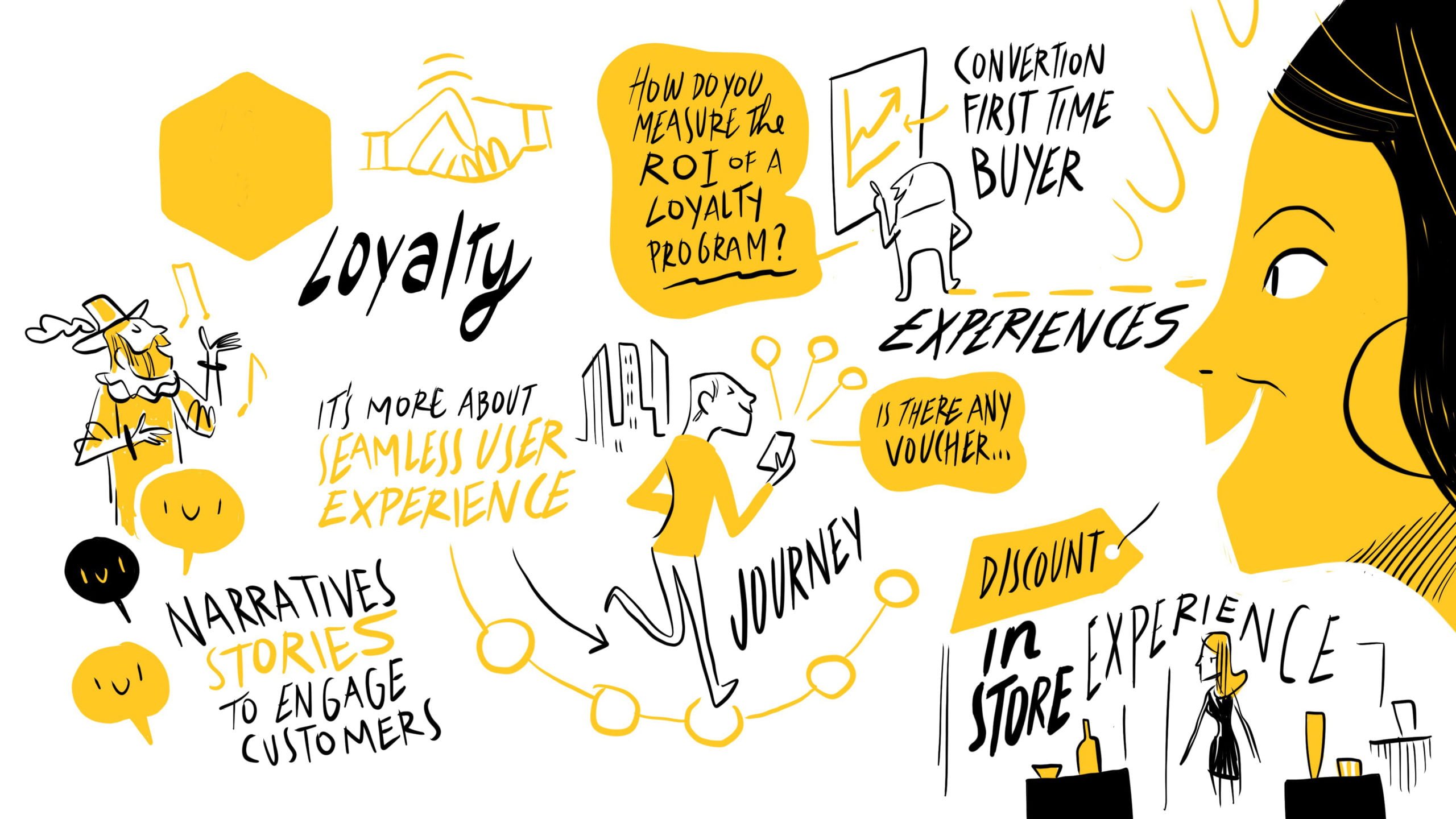Last week as part of Innovation & Collaboration Digital Week we polled the group to hear how they are converting their digital traffic into loyal customers…
- Since March 2020, over 75% of members have seen an increase in online sales of 50-100%, significant chunks of which comes from new customers
- 64% are treating these new customers differently in an effort to retain them
Many members were looking for advice on effectively segmenting, re-engaging and nurturing these new customers. Our expert has to say…
 Advice from Manley:
Advice from Manley:
eCommerce’s share of retail in the UK grew from 19% in February to an unprecedented 33% in May (the previous highest peak was 21.6% in Nov 2018). There were several factors driving this. Just by virtue of no longer commuting or going out people increased spending on DIY, Home offices, gifts for loved ones (and just plain old boredom), they reduced their high street spend, they had more expendable income and more time, but that hyper adoption, exciting as it was, has often not been reflected in customer retention so, whilst digital marketing teams were rubbing their hands with glee, if your KPIs are Customer lifetime value (CLTV) based, the outlook may not look so rosy.
Retention is all about customer centric, omnichannel experiences, of course, but what can you do, pragmatically, to help achieve that?
Well, first off, do not be afraid to step outside your target demographics. Knowing the market means knowing and understanding your whole audience. Yes you need to keep your core messaging for your key personas, but that should not be at the expense of the long tail; cumulatively they will make up a substantial proportion of your business. If you can personalise for them, be that in Search and Merch or just something as simple as email, do it. The chances are that your core target audience is the same as most of your competition, so the outliers are looking to feel that you ‘get them’ and are already feeling left out – this is an area you can really capitalise on to attract loyalty.
Practically this might mean applying traffic and behavioural analysis tools to your site, studying implicit user behaviour, and using feedback analysis tools to examine explicit behaviour, both through phased emails soliciting feedback and through reputation management and social monitoring, to drive both insights and increased customer engagement, but the biggest barrier to a customer centric approach is seldom data or technology, but your own infrastructure and business practices. Removing barriers to evolving is the only way to trade your site effectively.


 Advice from Manley:
Advice from Manley: